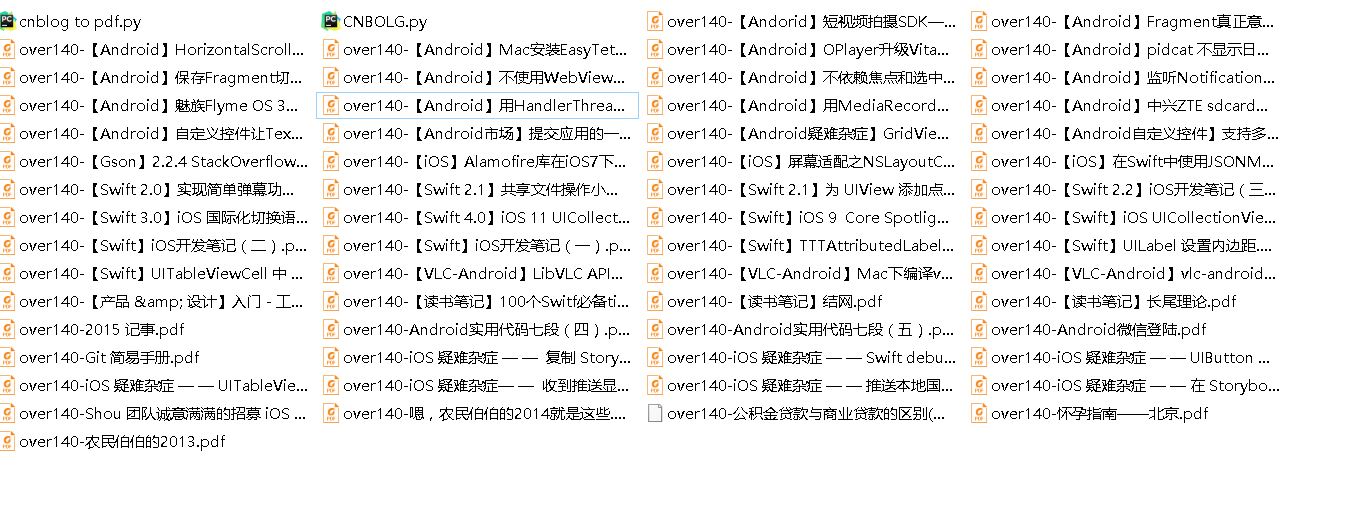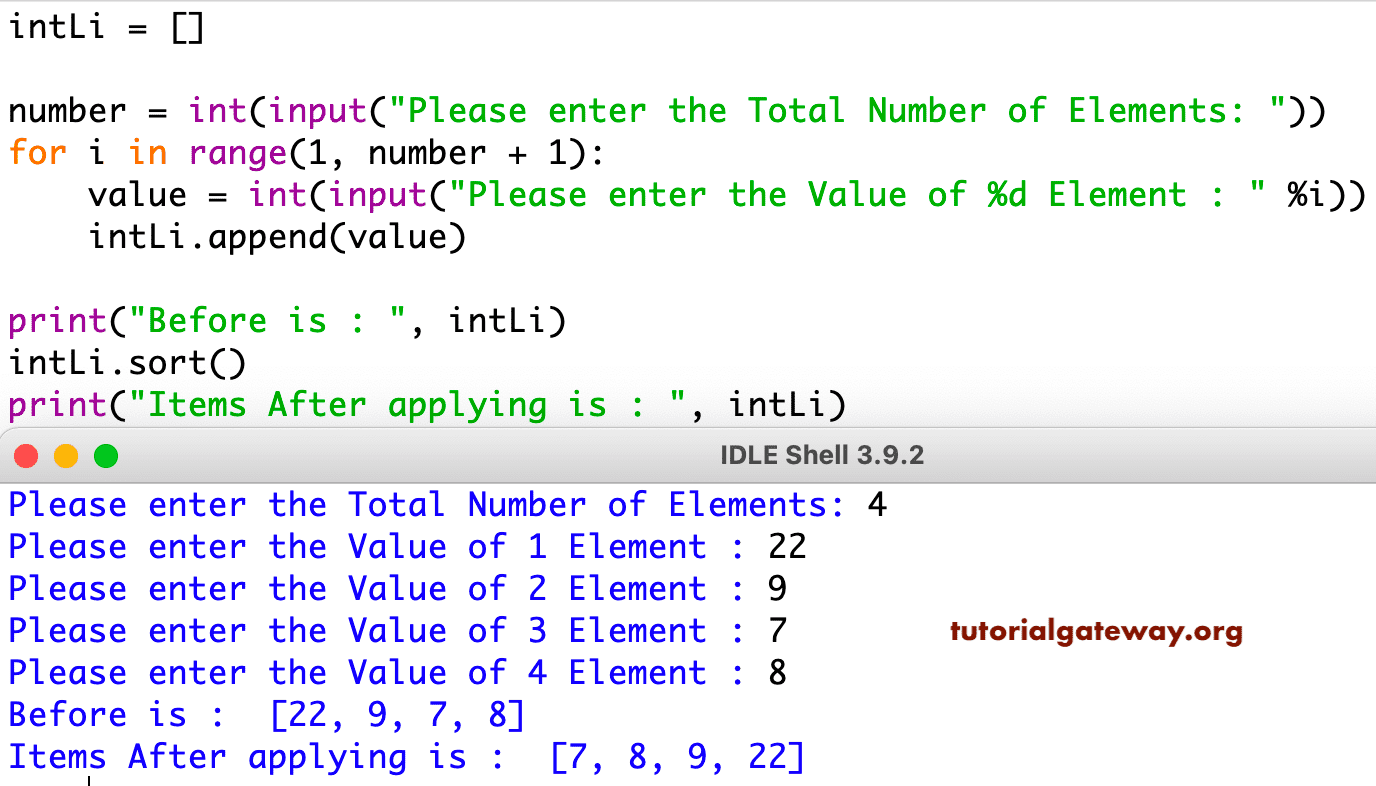

#PDFKIT PYTHON HTML TO PDF PDF#
Running the script would generate both html files and pdf files for all rows. read_csv ( 'tables/sample.csv' ) for row in df. from_file ( f, pdf_path, options = options ) def get_date (): "Get today's date in German format" today = date. Cost ) html_path = f './res/ with open ( html_path ) as f : pdfkit. Address, date = get_date (), invoice = row. get_template ( template_file ) output_text = template. Environment ( loader = template_loader ) template_file = "layout.html" template = template_env. FileSystemLoader ( searchpath = "./" ) template_env = jinja2. Render html page using jinja based on layout.html Import os import jinja2 import pdfkit import pandas as pd import numpy as np from datetime import date def render_html ( row ): """ The following function can render one html file for a given row.
#PDFKIT PYTHON HTML TO PDF CODE#
Now we can write Python code to pass the values in the table to html files. To start with, I have already composed a template html file based on this repo.Īs you may see from the template, the column names in our table have corresponding placeholders. Our basic idea is to first generate html files and then convert them to pdf files. Let’s generate invoices according to the following sales table: IDĮach customer needs an invoice pdf file which is named by the customer’s name.

If this sounds too abstract, the concept will become clear when we see the code later. In a nutshell, Jinja bridges our Python code and html files which will be shown to end users.īy placing placeholders `` in a html template, in Python, Jinja can pass actual values to the placeholders when rendering html files. It is not named after the city in Uganda. The name Jinja was chosen because it’s the name of a Japanese temple and temple and template share a similar pronunciation. It is fast, widely used and secure with the optional sandboxed template execution environment. Jinja2 is a modern and designer-friendly templating language for Python, modelled after Django’s templates. This is excerpted from Jinja2’s documentation: In addition, we use pandas to handle tables and test a couple of html-to-pdf tools. from jinja2 import Environment, FileSystemLoader import pdfkit templateloader FileSystemLoader ('.') tempenv Environment (loadertemplateloader) template tempenv.gettemplate ('sample-template.html') output. The major tool we’ll make use of is Jinja2. I generated PDF in python using pdfkit from html file, but the pdf generated shows only zeroes (0). To automate the process with Python, there are many options to choose from.
#PDFKIT PYTHON HTML TO PDF MANUAL#
However the task can easily become tedious when you have additional requirements.įor instance, grouping customers by attributes like regions to different folders and naming the printed files with column values would need manual and repetitive efforts. Then you can print pdf files for every row. With MS office, the sheet can be imported into a word template and the column names of interest can be placed accordingly in the template. Suppose you have an excel sheet with hundreds of rows and a couple of columns (a sample is shown below), and would like to generate pdf reports for individual rows according to column values. om_file('path/to/your/file.html', 'out.This post is a summary of the code I wrote in Python for my then-desperate wife to automatically generate hundreds of invoices. Then you can use it like that in Python import pdfkit

You need to have separate html file for the header. I'm using it only with headers but I think that it will work the same with footers.


 0 kommentar(er)
0 kommentar(er)
